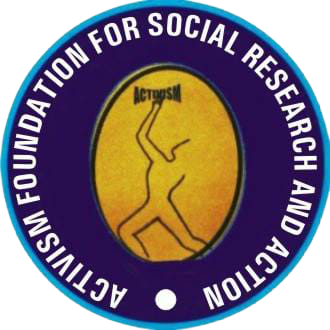SARS-CoV-19 AND VACCINATION STRATEGIES

Authors
Sk. Raj Ali

The novel coronavirus SARS-CoV-2 is believed to have emerged last year in 2019 in Wuhan from Bats. Crossing the species barrier, it entered human beings with the furtherance of infection through human-to-human transmission. The beta coronaviruses have jumped between the species and have caused three zoonotic outbreaks namely SARS CoV (2002-03), MERS-CoV (2012), andSARS-CoV-2(2019- till date) in the last two decades. Since its emergence in November 2019, it has been spread in188 countries and 25 territories around the globe, despite the elaborate efforts by World Health Organization (WHO) and governments to contain the infection, primarily owing to the highly infectious nature of this virus. Asper data of ‘Worldometer’, on May 20, 2021, there are a total of 165,934,914 cases have been reported globally with 3,438,446 deaths. SARS-CoV-2, a highly contagious virus tends to spread by the inhalation of the respiratory aerosols, direct human contact, and via families. Social distancing, personal hygiene, frequent handwashing or sanitizing using the alcohol (61-70%) based hand sanitizer, and disinfection of the surfaces are some steps which can protect individuals from getting infected. SARS-CoV-2 has a ‘Ro’ value range of 2-3 which is significantly higher in comparison to Spanish Flu which the ‘Ro’ was recorded at 0.9-2.1. ‘Ro’ is an epidemiological scale, used to measure the contagiousness of an infectious agent. Its magnitude depends upon various biological, environmental, and socio-behavioural factors.
VACCINATION STRATEGIES:
Many efforts have been directed towards the development of the vaccines against COVID-19, to avert the pandemic and most of the developing vaccine candidates have been using the ‘S’ protein SARS-CoV-2. As of July 2,2020, the worldwide SARS-CoV-2 vaccine landscape includes 158 vaccine candidates, out of which 135 are in the preclinical or the exploratory stage of their development.
On May 5, 2021, The New York Times Corona Virus Vaccine Tracker lists 3 vaccines authorised for emergency use in the United States. Several other vaccines are approved for full use outside the United States, and 27 vaccines are in phase 3 clinical trials globally. As of May 7, 2021, WHO’s Strategic Advisory Group of Experts on Immunization (SAGE) has completed all the examinations over the vaccines, on the basis of all available evidence, WHO recommends the vaccines for adults 18 years and older, in a two-dose schedule with a space of three to four weeks. WHO listed the Pfizer/ BioNTech vaccine for emergency use on 31st December 2020; two AstraZeneca/ OxfordCOVID-19 vaccines on 15 February 2021 produce by AstraZeneca- SK Bio (Republic of Korea) and the Serum Institute of India; and COVID-19 vaccine Ad 26. COV2.S developed by Janssen (Johnson & Johnson) on 12 March 2021.On the other hand, SAGE has issued recommendation on Pfizer (8th January 2021), Moderna (25th January 2021), AstraZeneca (21st April2021) and Janssen COVID (17th March 2021) vaccines.
India began administration of COVID-19 vaccines on 16th January 2021. As of 19th May 2021, India has administrated 187,009,792 doses of the currently approved vaccines. There are two vaccines that received approval for emergency use in India at the onset of the programme, i) Covishield (a brand of the Oxford-AstraZeneca vaccine manufactured by the Serum Institute of India) and ii) Covaxin (developed by Bharat Biotech). In April 2021, Sputnik V was approved as a third vaccine, with deployment expected to be by late May2021.
Moreover, According to WHO there are several side effects of all COVID-19 vaccines, like fatigue, fever, headaches, body aches, chills, nausea, diarrhoea, and pain at the side of injection. Everyone is affected differently by vaccination. Some people may experience few or no side effects while others may experience multiple side effects and feel pretty ill. Side-effects show that the vaccine is working, that the body is creating antibodies, and developing immune memory to fight off future SARS-CoV-2 infections.
In conclusion, we can say, equitable access to safe and effective vaccines are critical to ending the COVID-19 pandemic, so it is hugely encouraging to see so many vaccines providing and going into development. WHO is working tirelessly with partners to develop, manufacture and deploy safe and effective vaccines. Safe and effective vaccines are a game-changing tool, but for the foreseeable future, we must continue wearing masks, cleaning our hands, ensuring good ventilation indoors, physically distancing, and avoiding crowds.
————————

